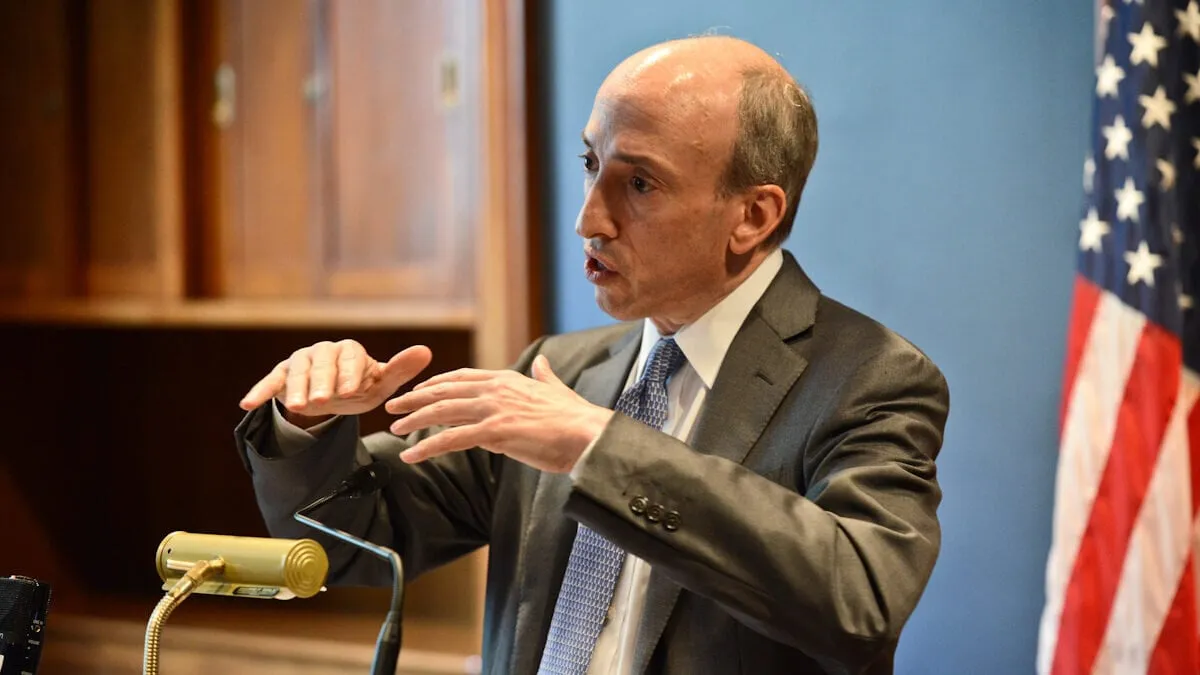The evolving landscape of cryptocurrency is marked by contrasting approaches in regulation, particularly under the change in leadership at the U.S. Securities and Exchange Commission (SEC). The former chairman, Gary Gensler, has consistently voiced concern over the viability of the crypto market, while the current chairman, Paul Atkins, is charting a new course that may offer more flexibility for the rapidly changing sector.
Impact of Regulatory Approaches on the Cryptocurrency Market
Gary Gensler, who served as SEC chairman from 2021 to 2025, spearheaded a tough regulatory stance on cryptocurrency. His tenure was characterized by a policy often referred to as “regulation by enforcement.” This role saw Gensler initiate lawsuits against major exchanges such as Binance and Coinbase, and classify numerous tokens as securities, limiting the access of crypto firms to traditional banking systems. Such actions drew criticism, with some dubbing it “Operation Chokepoint 2.0.” Gensler aimed to apply existing securities laws to the digital asset space without recognizing the specific technological distinctions of cryptocurrencies, thereby placing stringent constraints on the industry.
Leadership Change and Its Implications
In December, a shift occurred with the appointment of Paul Atkins as the new SEC chairman. Unlike Gensler, Atkins advocates for a more lenient regulatory framework that encourages innovation within the sector. His history includes advising businesses involved in cryptocurrency, indicating a more understanding stance. Under Atkins, the SEC has stopped automatically labeling tokens as securities and established a streamlined process for approving cryptocurrency exchange-traded funds (ETFs). This would allow for faster approvals, provided the applicable criteria are met—now within 75 days. Additionally, new legislation, such as the Genius Act, a federal stablecoin law, has been enacted since Atkins took office.
Skepticism on the Horizon
A Broader Reflection on Regulatory Trends
This ongoing dialogue between contrasting regulatory philosophies highlights a crucial moment for the cryptocurrency industry. The shift from Gensler’s strict enforcement to Atkins’ more open approach reflects a broader trend in regulatory practices, emphasizing the need for balance between investor protection and innovation. As the SEC continues to evolve, the outcomes of these regulatory attitudes will undoubtedly shape the future of digital assets in the U.S. and beyond.



